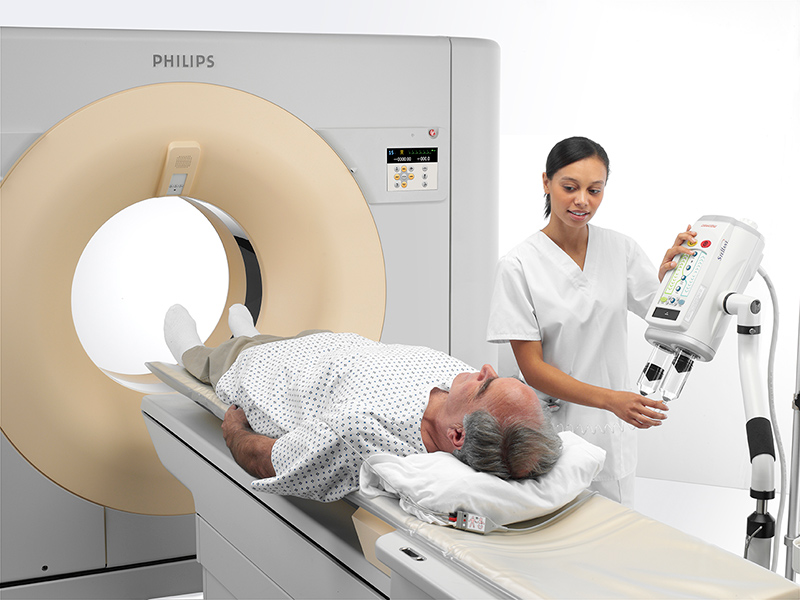Veterinary medicine is a rapidly growing field of medical care and research. As the years progress, medical technology and treatments are improving, allowing veterinarians to diagnose and treat animals with greater accuracy and efficiency. One such tool that has made a significant impact in this area is centrifugation. Centrifugation is a process where sample fluids containing cellular components are spun at high speeds to separate those components. This method allows for quick and accurate testing of blood samples, urine tests, etc., which not only saves time but also increases accuracy when diagnosing animals. In this article, we will explore how centrifugation helps optimize efficiency and precision in veterinary medicine.
How Centrifugation is Used in Veterinary Medicine
Centrifugation is used in veterinary medicine to separate blood cells, plasma, and other fluids. It is also used to remove bacteria and other contaminants from samples. Centrifugation can be performed manually or with an automated centrifuge.
The Different Types of Centrifuges
There are different types of centrifuges that can be used for various purposes in veterinary medicine. Below is a list of the different types of centrifuges and their uses: High-speed Centrifuge: This type of centrifuge can reach speeds of up to 20,000 RPM and is typically used for blood testing and other applications where high speed is required. Low-speed Centrifuge: This type of centrifuge typically has a lower maximum speed (around 3,000 RPM) and is often used for sedimentation or cell culture applications. The veterinary clinic centrifuge is a smaller, compact version of a laboratory centrifuge that can be placed on a lab bench or countertop. These are often used in veterinary practices for quick processing of small samples. Portable Centrifuge: A portable centrifuge is a battery-operated version that can be taken on the go, making it ideal for field work or mobile vet clinics.
How to Choose the Right Centrifuge for Your Veterinary Practice
The type of centrifuge you need depends on the type of samples you will be processing. For example, if you are processing whole blood samples, you will need a different type of centrifuge than if you are processing tissue samples. When choosing a centrifuge for your veterinary practice, it is important to consider the types of samples you will be processing. For example, if you are processing whole blood samples, you will need a different type of centrifuge than if you are processing tissue samples. The volume of samples you will be processing is also an important consideration. The speed at which the centrifuge needs to operate is another factor that should be considered when making your decision. The size and weight of the centrifuge is also an important consideration, as is the power source required for operation. Veterinary centrifugation is a powerful tool for boosting laboratory efficiency and accuracy in veterinary medicine. Centrifuges can quickly and accurately separate out different particle sizes, allowing veterinarians to isolate key components more easily than manual methods. They also provide consistent results, reduce the risk of contamination, and minimize waste allowing vets to maximize their resources while providing better care for animals everywhere.



